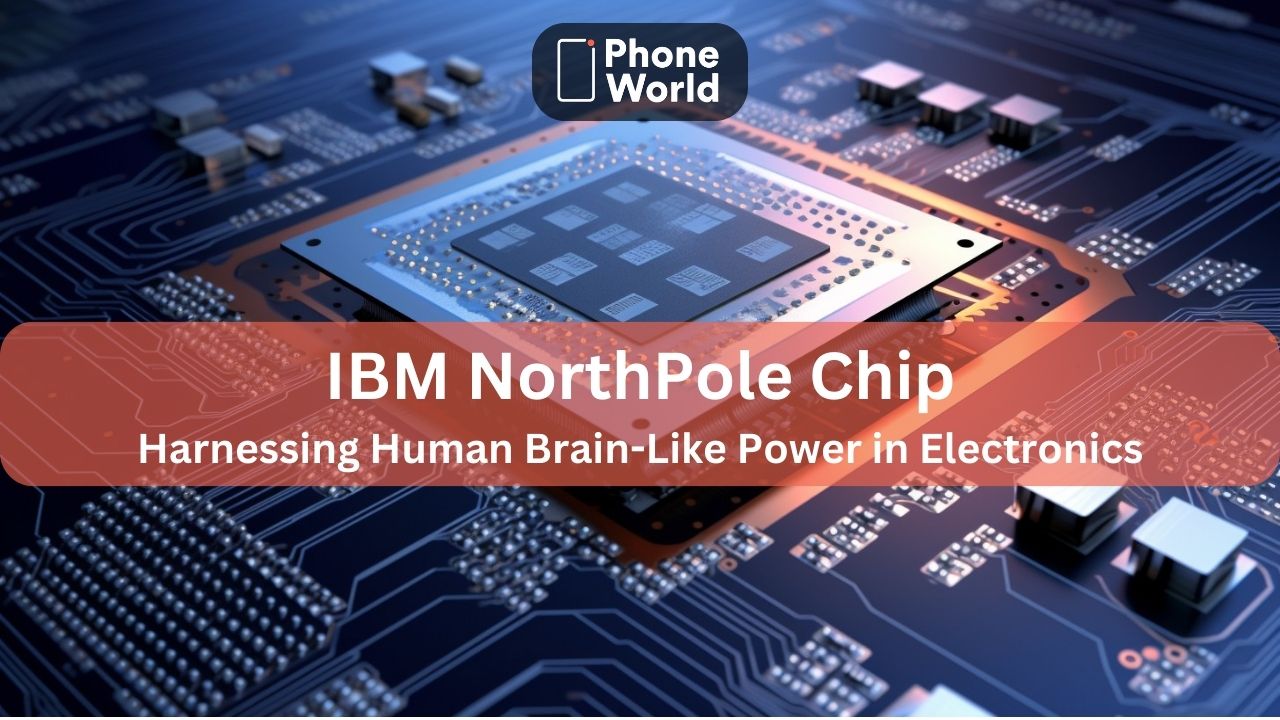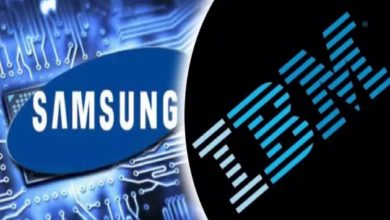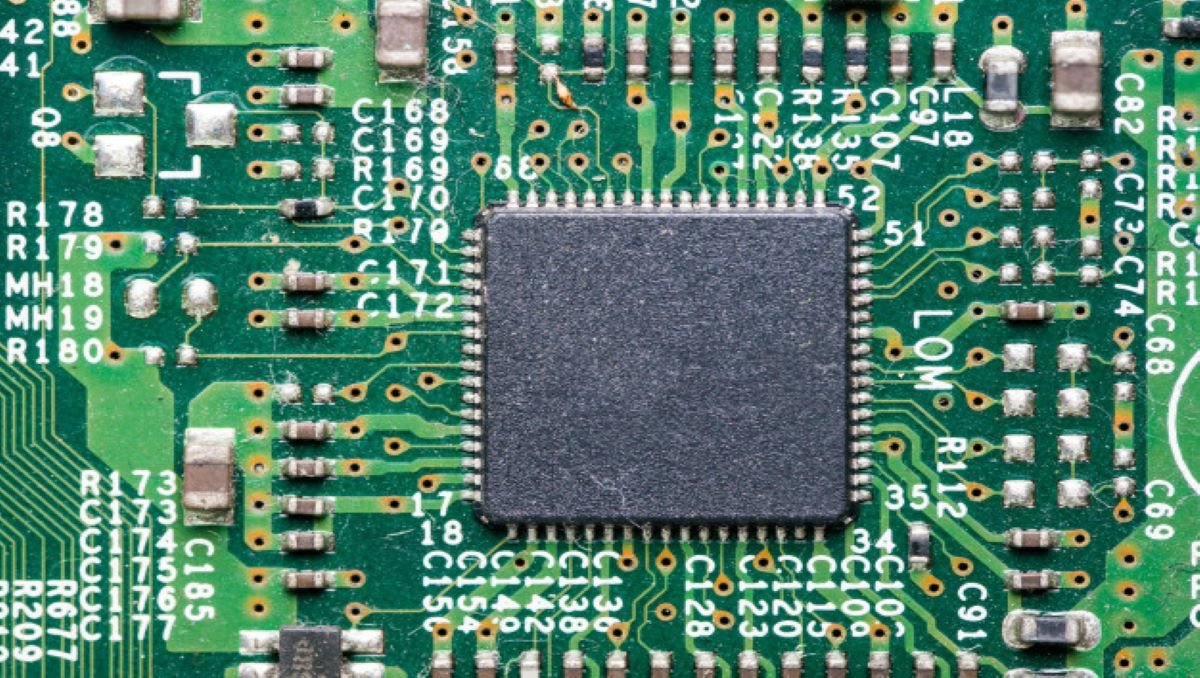Unlocking Electronics Power with IBM’s NorthPole Chip Inspired by Human Brain
IBM's NorthPole Chip Revolutionizes Electronics with Human Brain Mimicry

The California-based laboratory of IBM Research is currently engaged in the development of a prototype chip named NorthPole. It draws inspiration from the structural framework of the human brain. The technology exhibits the potential to significantly enhance computational efficiency. Moreover, it aims to develop autonomous systems that operate independently from cloud computing infrastructure.
The myriad of puzzles arises from the astonishing degree to which our environment is entwined with the past. When you look at a computer keyboard, you see a bewildering scramble of letters that actually makes typing more challenging. That’s a relic from the age of mechanical typewriters, when the speed at which one could type was purposefully kept low to prevent jamming the mechanism.
Computers exhibit the same characteristics. The early mainframe computers, characterized by their immense size, encompassed an intricate amalgamation of several technologies. To ensure optimal functionality, it was necessary to partition distinct functions such as control, logic, and memory into discrete units. Consequently, the system facilitated the transfer of data from one unit to another as an integral element of its operation.
Consequently, even after the passage of eighty years, engineers continue to assemble computers utilizing the aforementioned historical configuration. It is now commonly known as von Neumann architecture, named in honor of the esteemed computing pioneer, John von Neumann. The process also involves shifting units between each other. This has led to the development of a phenomenon known as the von Neumann bottleneck.
Little History of IBM NorthPole Chip
According to IBM, the NorthPole chip underwent a lengthy, two-decade development process. Through the implementation of several ingenious breakthroughs, this prototype chip successfully circumvents the von Neumann bottleneck. One potential approach is to design the architecture by drawing inspiration from the human brain, which exhibits significantly higher energy efficiency compared to existing computer systems.
IBM refers to this concept as “a faint representation of the brain in the mirror of a silicon wafer”.
The project leader, Dharmendra Modha, basically used a neural inference architecture that works like digital synapses to connect functions that were previously separate. This facilitated the engineers in relocating the memory into the processing chip itself, thereby blurring the distinction between memory and processing.
The novel architectural design of this chip, boasting an impressive 22 billion transistors and 256 cores, not only enhances its processing speed but also significantly improves its efficiency by a factor of 25. Also, this improvement in efficiency means that complex cooling systems are not needed as much in high-performance systems, which cuts down on wasted energy.
At present, the NorthPole chip does not possess the characteristics of a general-purpose semiconductor. Its improvements include some that come at the expense of general functionality in favor of specialization. Regardless, this technology has the potential to double or even triple the speed of operations, making it possible to create a chip-based network that can do many tasks that currently require access to large cloud servers.
Due to its current design limitations, NorthPole is not presently suitable for artificial intelligence (AI) applications. However, its remarkable inferential capabilities offer significant potential for diverse military and civilian uses. These include making highly reliable self-driving cars and systems that can recognize faces and other objects in pictures. It also includes systems that can process large amounts of data on their own and systems that can understand natural language and speech.
Furthermore, the enhanced thermal efficiency could potentially grant a temporary respite to Moore’s Law. It paves the way for the development of smaller and more potent microchips.
Check Out: Detecting Alzheimer’s Early: Researchers Introduce Innovative ‘Hat’ Technology.
PTA Taxes Portal
Find PTA Taxes on All Phones on a Single Page using the PhoneWorld PTA Taxes Portal
Explore NowFollow us on Google News!





